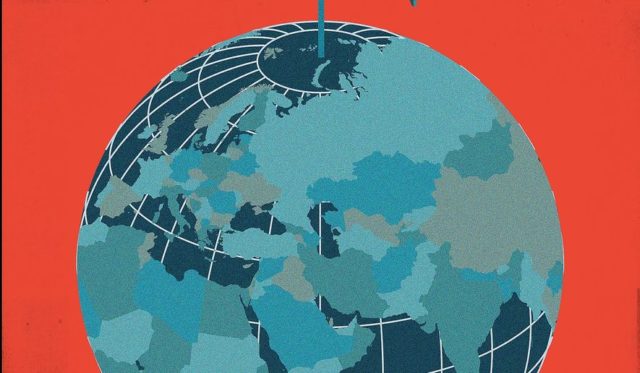U.S. policy toward the Middle East swings substantially depending upon the occupant of the Oval Office, but some hoary myths persist year after year. One concerns the legal status of the territories.
U.S. Ambassador to Israel David Friedman told The New York Times that, “Under certain circumstances, I think Israel has the right to retain some, but unlikely all, of the West Bank We really don’t have a view until we understand how much, on what terms, why does it make sense, why is it good for Israel, why is it good for the region, why does it not create more problems than it solves. These are all things that we’d want to understand, and I don’t want to prejudge. Certainly, Israel’s entitled to retain some portion of it.”
The Times account asserted that having Jews live beyond the 1949 Armistice line would be “illegal,” and that annexation of territory by Israel would be “compounding the crime.”
This is a misunderstanding. In fact, the creation of secure boundaries for Israel has been a hallmark of American diplomacy before Oslo, during the Oslo period, and now beyond.
The Clinton Parameters had Israel retaining the areas in which more than 80 percent of Israelis on the West Bank lived. It was presumed that Israel would annex that territory.
President Bush made U.S. support for the creation of a Palestinian state contingent on the Palestinian Authority meeting conditions, but said, the “borders and certain aspects of its sovereignty will be provisional until resolved as part of a final settlement in the Middle East.” It can be presumed that Israel would annex anything on its side of a final border.
President Obama explicitly called for a 1:1 swap of territory. It can be presumed that Israel would annex that territory.
Even Palestinian Authority strongman Mahmoud Abbas was reported to have a plan in the early days of the Trump administration to trade 6.5 percent of West Bank to Israel, more than previously offered. It can be presumed that Israel would annex that territory.
Eugene V. Rostow was under-secretary of State for political affairs when he helped draft U.N. Security Council Resolution 242, the result of the Arab attacks on Israel in June 1967. In 1980, as dean of Yale Law School, Mr. Rostow wrote about land and peace, and about Israel and a potential state squeezed between the Mediterranean Sea and the Jordan River.
The legal assumption behind this frantic impulse [to create a Palestinian state] is that the territories in dispute are in some sense “Arab” territories held by Israel only as military occupant. Once that premise is accepted, it seems to follow that the natural path to peace would be for Israel to evacuate the area.
But the premise from which the familiar prescription derives is erroneous as a matter of history and international law. The only possible geographic, demographic and political definition of Palestine is that of the [U.N. authorized British] Mandate [for Palestine], which included what are now Israel and Jordan as well as the West Bank and the Gaza Strip.
The term “Palestinian” applies to all the peoples who live or have a right to live in the territory — Jews, Christians and Muslims alike. Thus, the West Bank and the Gaza Strip are not “Arab” territories in the legal sense, but territories of the Mandate that have never been recognized as belonging to Israel or to Jordan. For reasons that remain compelling, Security Council Resolution 242 prescribes that Israel is under no obligation to withdraw from the West Bank or the Gaza Strip until Jordan makes peace.
Resolution 242 also provided that when peace was made, the Israelis should withdraw to “secure and recognized” boundaries, which need not be the same as the Armistice Demarcation Lines of 1949, as the Armistice Agreements themselves had contemplated. The “secure and recognized” boundaries were to be reached by agreement.
Contrary to The New York Times, there is nothing “criminal” or “illegal” about finding secure boundaries for Israel, or Jews living beyond the 1949 Armistice Line. The question is where that final border goes and under what secure circumstances. Just as it was the question yesterday and the day before.
Ambassador Friedman’s careful probing will help the United States, Israel and any other partner for peaceful relations in the region find the answers.






